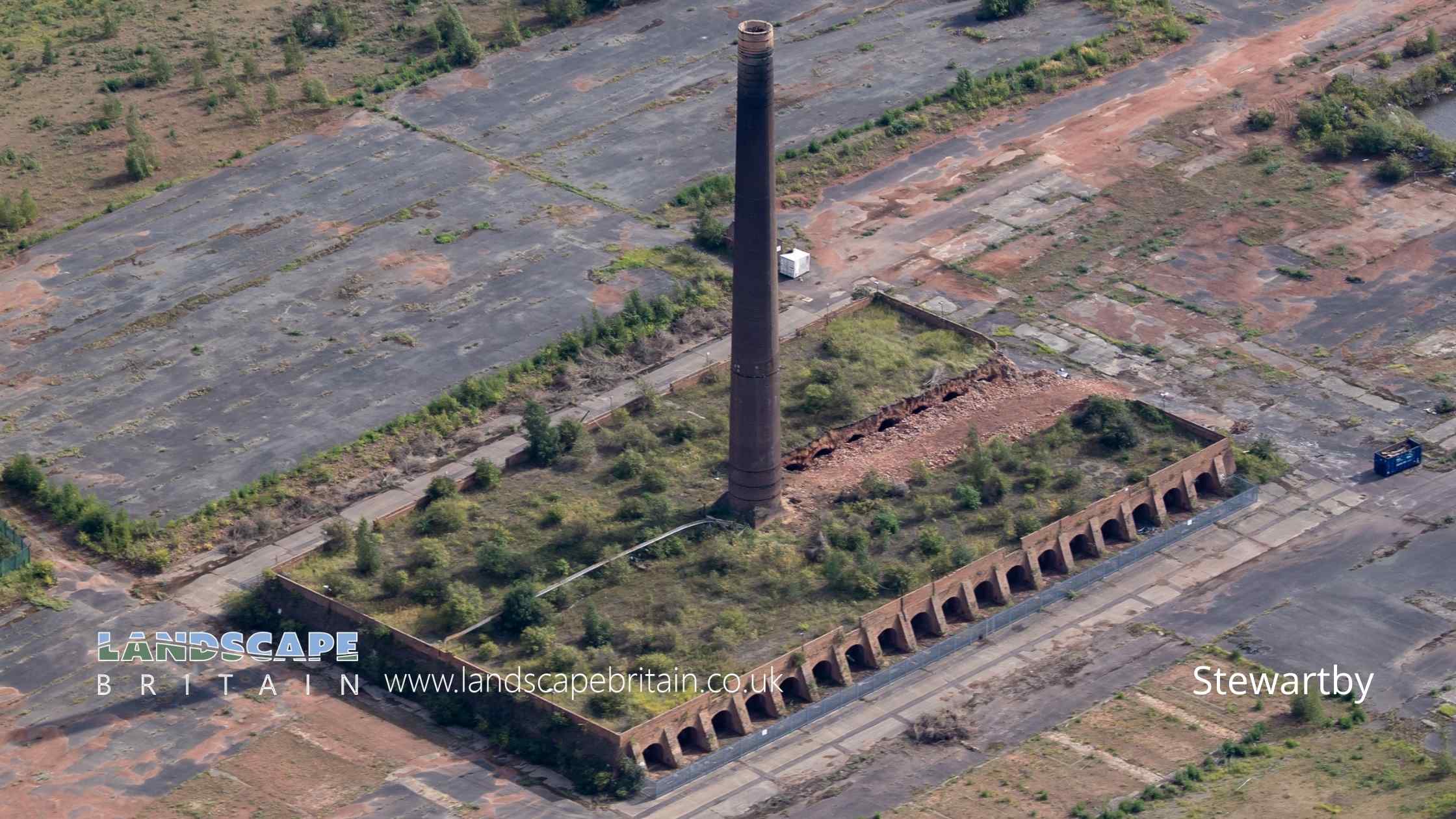
Stewartby
Stewartby
The Bedfordshire village of Stewartby is remarkable for two things: its name, and its bricks. The village was named after the Stewarts, directors of the London Brick Company. The family name is still commemorated in the street names of Stewartby Way and Stewartby Drive. But it is the bricks for which Stewartby is most famous.
The bricks made in Stewartby were used to build some of Britain’s most iconic buildings, including the Houses of Parliament, Buckingham Palace and Tower Bridge. The brickworks closed in the 1980s, but the legacy of Stewartby’s bricks lives on.
Created: 2 October 2022 Edited: 29 November 2023
Stewartby Lake Details
Stewartby Lake is a large freshwater lake in Bedfordshire, situated at an altitude of around 35 meters and is shallow.
The shoreline of Stewartby Lake is approximately 4.126 Kilometers all the way round.
- Altitude: 35 m
- Shoreline: 4.126 Km
- Depth: Shallow
Stewartby
Local History around Stewartby
There are some historic monuments around including:
The De Grey MausoleumMoated site at Ruxox FarmOval barrow 60m west of Ranworth Walk, 650m south west of Westfield SchoolPaved ford 400yds (366m) SE of Kempston ChurchMoated site at Wake's EndHoughton House: a 17th century mansion and associated courtyard and formal garden remainsMedieval lime kiln off Castle LaneMoat Farm moated enclosure and associated settlement earthworksMoated site and two fishponds at The RectoryBolebec Farm moated enclosure, associated platforms and enclosuresBedford Castle motte and baileyElstow Manor House (Remains of)Medieval village and moated sites at Thrupp EndKempston Hardwick moated sitePump and signpost in Market PlaceRemains of the George InnAmpthill Castle: a medieval magnate's residenceThe Moot HallBowl barrow 500m south east of Bury FarmBedford BridgeMalting Spinney Medieval moat, associated outer enclosure and cultivation earthworks, RidgmontAll Saints Church, SegenhoeLong barrow 350m south east of Bury Farm.







